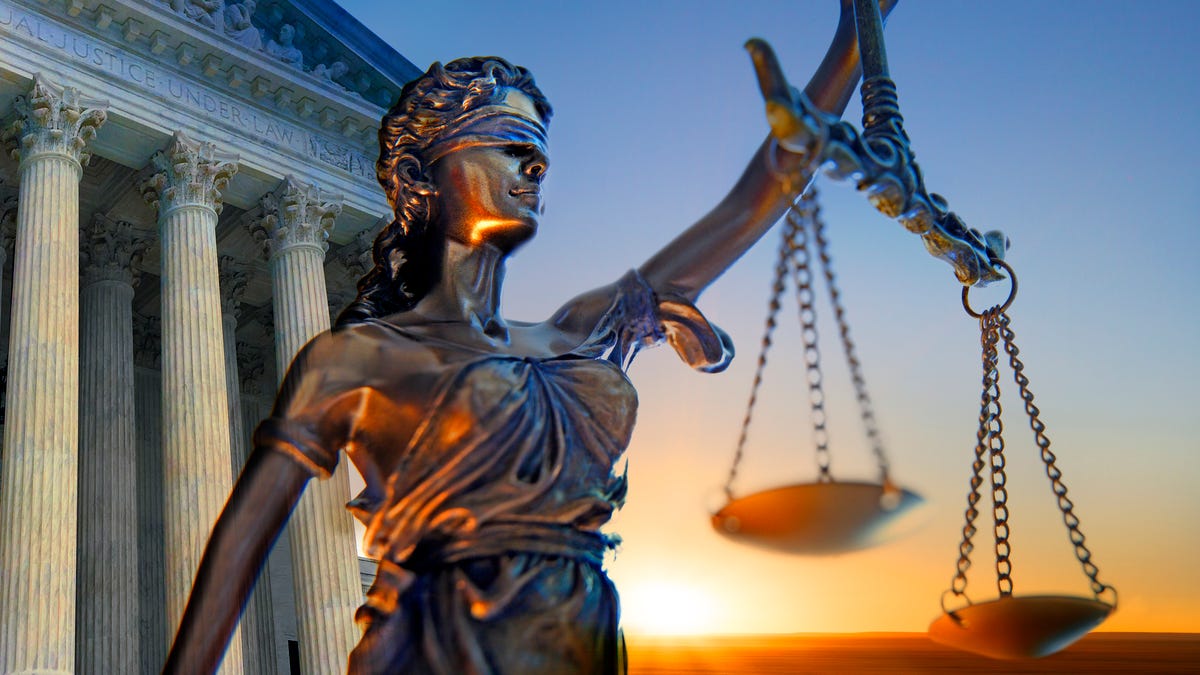Exploring Class Action Lawsuits: What You Need to Know
Class action suits have become increasingly common in today's lawful landscape, with individuals joining forces to prosecute against corporations and organizations. In this conversation, we will certainly check out the ins and outs of class action lawsuits, shedding light on their definition, the requirements for declaring, and the possible benefits and drawbacks involved. Moreover, we will delve right into the actions included in a class action lawsuit and examine some current site cases that have actually formed this location of legislation. Understanding the intricacies and nuances of class activity suits is important for anyone looking for justice in a collective fashion, so allow's begin our expedition together.
The Meaning of Course Action Legal Actions
A course activity claim is a lawful activity filed by a group of individuals who have similar claims versus an offender. Course activity claims are commonly brought when the number of possible complainants is as well big for private suits to be practical.
One of the vital aspects of a course action suit is that the lead plaintiff, additionally recognized as the course agent, represents the interests of all the course participants. The court designates the lead plaintiff based upon their capability to fairly and effectively stand for the course. The lead plaintiff works carefully with the class action lawyer to look for and construct a solid case payment or other solutions in support of the whole course.
In order for a class activity claim to proceed, the court needs to accredit the course. This indicates that the court identifies that the claim meets particular needs, such as numerosity (a big adequate variety of course participants), commonness (common concerns of legislation or reality), typicality (the insurance claims of the lead plaintiff are common of the course), and competence of representation (the lead plaintiff and class advise are capable of representing the class's rate of interests) When the course is licensed, the legal action can move ahead, and any kind of judgment or settlement got to will use to all course participants unless they select to opt-out.
Course action claims serve a necessary objective in supplying accessibility to justice for individuals who might not have the resources to seek their claims separately. They also promote effectiveness in the legal system by consolidating similar cases into a single action, minimizing the concern on both the court and the parties entailed.
Requirements for Submitting a Class Activity Claim

One more demand is that the class should be adequately countless. The specific variety of course participants needed might vary depending upon the jurisdiction and the nature of the case. It is usually anticipated that the course has to be big enough that joining all the individual complainants right into a solitary suit is much more efficient than having multiple different claims.
Furthermore, it is crucial that the course agent, who is the specific or entity bringing the claim in support of the course, has normal claims and defenses to those of the class participants. The agent must additionally be able to sufficiently and rather represent the passions of the whole class.

Benefits and Drawbacks of Course Activity Suits
Class activity claims use both benefits and drawbacks for complainants and accuseds included in the legal procedure. On the one hand, among the considerable advantages of class action lawsuits is that they give a cost-efficient and efficient means for people with similar claims to seek justice jointly. By consolidating countless comparable cases into one lawsuit, class actions simplify the legal procedure and my company save time and sources for both accuseds and plaintiffs.
Another benefit of course action legal actions is that they enable people with limited resources to look for payment for their problems. In cases where the prospective recuperation is small, private legal actions may not be economically feasible. However, by joining pressures in a course activity, complainants can merge their sources and increase their opportunities of obtaining a fair resolution.
In addition, course actions can promote social change by holding companies liable for their activities. By accentuating widespread misconduct or defective products, class actions can press business to alter their practices, boost item safety and security, or apply reforms.
However, course activities additionally have drawbacks. One potential drawback is that individual plaintiffs may have limited control over the lawsuits procedure and the best end result of the instance. The lead complainants and their lawyers generally make essential choices in support of the whole course, which might not constantly straighten with the specific passions of each course member.
Additionally, class activities can be taxing and extensive, usually taking years to get to a resolution. The intricacy and dimension of these lawsuits can result in delays and extended litigation, which can be annoying for both complainants and accuseds seeking a timely resolution.
Steps Entailed in a Class Action Lawsuit
The process of a course action legal action typically starts with the identification of a possible class and the declaring of a problem. Once a team of individuals that share similar cases versus a defendant is recognized, the lead plaintiff, or course representative, submits a grievance in support of the whole class. This grievance outlines the claimed misdeed and seeks problems or other relief for all members of the class.
After the issue is filed, the court will identify whether the case meets the needs for course certification. These demands generally consist of numerosity (a large sufficient course), commonness (comparable legal insurance claims), typicality (the lead complainant's insurance claims are representative of the class), and competence of depiction (the lead plaintiff and their attorney can effectively stand for the class's rate of interests)
If the court licenses the course, notice is supplied to all possible course members, giving them the chance to opt-out if they desire to seek their own individual insurance claims - Archer-Daniels-Midland class action lawsuit. If an adequate variety of class members stay, the instance will certainly proceed to the discovery phase, where both sides collect proof and details appropriate to the cases
Following exploration, the parties may involve in negotiation arrangements or proceed to trial. If the instance mosts likely to test and the class dominates, the court will establish the appropriate damages or alleviation to be awarded to the class members.
Current Spots Class Action Legal Actions
With a solid understanding of the actions included in a course activity legal action, it is now important to examine some current landmark cases that have actually made a considerable influence in the lawful landscape. Assertio class action lawsuit. These cases have not only shaped the way class additional info action suits are conducted but have actually likewise produced modifications in various sectors
One such spots situation is the Volkswagen emissions scandal, which brought about the biggest class activity negotiation in automobile history. In 2015, it was disclosed that Volkswagen had set up software in their vehicles to rip off discharges tests. This deception influenced numerous consumers worldwide, resulting in a class activity suit. The settlement gotten to in 2016 amounted to approximately $15 billion, making up afflicted cars and truck owners and penalizing on Volkswagen.
One more noteworthy situation is the Johnson & Johnson talcum powder suit. Thousands of women filed claims versus the company, declaring that their talcum powder products triggered ovarian cancer cells.
These recent landmark situations demonstrate the power of course activity lawsuits in holding companies liable for their activities and looking for justice for affected individuals. They work as examples of exactly how course activity legal actions can cause significant adjustments and protect the civil liberties of consumers.
Verdict
To conclude, course action claims are a lawful system that allows a group of people to jointly seek justice for a common complaint. While they offer numerous advantages such as performance and cost-effectiveness, there are additionally downsides such as possible for minimal settlement and lengthy legal proceedings. Comprehending the steps and requirements associated with submitting a course activity suit is critical for individuals looking for to seek this legal avenue. Recent spots course action suits have highlighted the significance of such cases in supporting for customer legal rights and business accountability.
One of the essential aspects of a course action lawsuit is that the lead complainant, likewise understood as the course agent, represents the passions of all the class participants.In order for a class activity suit to continue, the court needs to certify the course. This means that the court establishes that the suit fulfills specific needs, such as numerosity (a big adequate number of class participants), commonality (typical questions of legislation or fact), typicality (the insurance claims of the lead plaintiff are normal of the class), published here and competence of depiction (the lead plaintiff and course counsel are qualified of standing for the class's passions) Once the class is licensed, the lawsuit can relocate onward, and any type of judgment or negotiation got to will apply to all course participants unless they choose to opt-out.
The procedure of a course action suit typically begins with the recognition of a possible class and the filing of an issue.